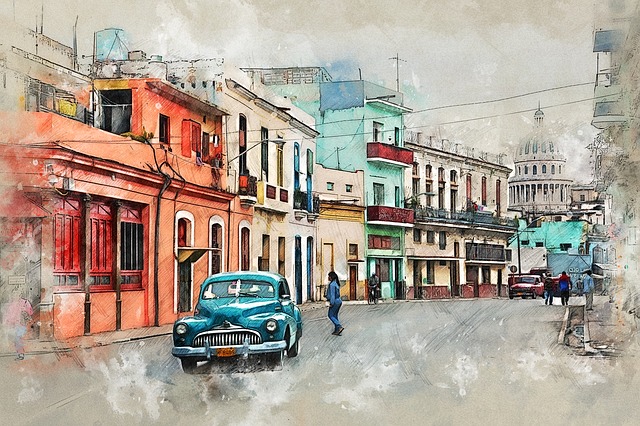Lighting is a very important part of the theater and even in filmmaking. Lighting in theaters is not the same as the lighting from industrial pendant lights. Each scene may require a different lighting technique to convey the feeling of playing. Although it can give a picture of moods, lighting can give a picture of moods that compile no words to say. In this post, let’s talk about color lighting techniques.
Color Basic Stage Lighting Techniques
Color can have a drastic effect on the course of certain scenes from the audience. There are three basic colors that are used quite often; red, blue and green. This is known as the main color of lighting. There are also secondary colors. Mixing the color of light is much like mixing paint. When two primary colors are combined (two primates) a secondary color is created. Secondary colors are made by combining primary colors in the following way.
- Red and Green Creates Yellow
- Green and Blue Invent Cyan
- Blue and Red Creates Magenta
Through trial and error, you can combine a certain number of colors to create hundreds of different shades and tones. In many situations, the color is not achieved by different color lights but by plastic gel. Gels are pieces of plastic that are painted in different colors so that when light passes through the plastic it turns light to the color of the gel. This gel is available in thousands of different colors so that it makes your choice from a greater range of lighting with the use of colors.
There are several different positions you can place lights. The three main positions are front, side, bottom, and background. These main objectives are listed below.
- Front Lighting. Front lighting is used primarily for visibility and color. It is also used to isolate an individual person or set-piece. Headlights generally work better when placed at an angle of 30-50 degrees.
- Side Lighting. The most common use of side lighting effects. Side lighting is often used with bolder colors to accent the movement and contrasting colors that come from opposite sides.
- Back Lighting. Along with side lighting backlighting is used for effects. Backlighting is often used to create depth on the stage. When used from low backlighting angles can also give a sense of silhouette. One thing to keep in mind when using backlighting is that the lights must be relaxed for the audience. If the lights are positioned into the eyes of the audience it won’t be a pleasant experience.
- Down Lighting. Downlighting is often used to create the illusion of depth. Downlighting also works very well to isolate one person from another.
- Background Lighting. Background lighting is a very bold style of lighting. It is brighter than other parts of the stage. This is a very powerful way to create an image.
In the lighting design process, the first step that must be taken is to start production. The most important part of lighting is to make sure that the actors don’t get into the shadows and the shadows you have don’t need the audience.




